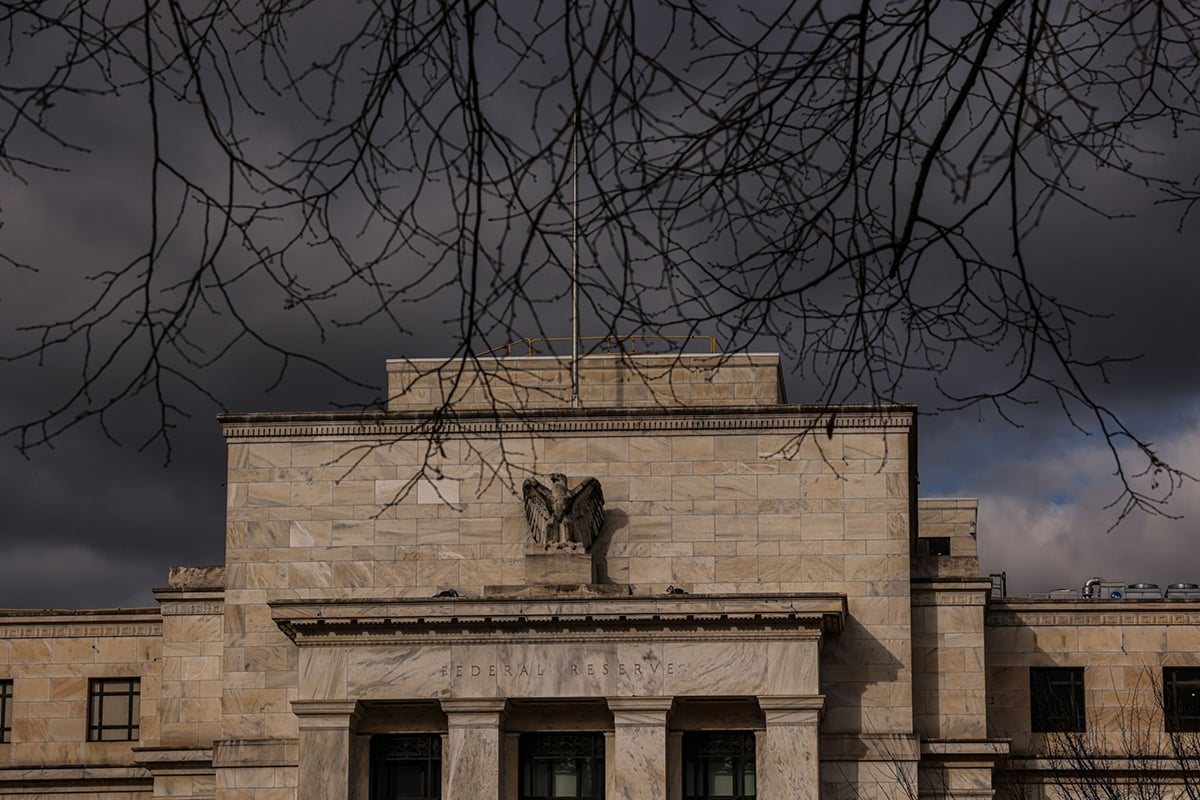Housing starts in the U.S. surged 15 percent in September to thehighest level in four years, adding to signs the industry at theheart of the financial crisis is on the road to recovery.
|Starts jumped to an 872,000 annual rate last month, the mostsince July 2008 and exceeding all forecasts in a Bloomberg surveyof economists, Commerce Department figures showed today inWashington. The median estimate of 81 economists surveyed byBloomberg called for 770,000. An increase in building permits maymean the gains will be sustained.
|A pickup in sales stoked by record-low mortgage rates andpopulation growth combined with dwindling supply indicatesconstruction can continue strengthening, contributing more toeconomic growth. At the same time, the level of starts remainsbelow the pre-recession peak, limiting how much the industry canboost the rate of expansion.
|“The housing market certainly has turned,” said Brian Jones, asenior U.S. economist at Societe Generale in New York, whoseforecast for 790,000 starts was among the highest. “But we stillhave a long way to go. The good thing is that construction willpull employment with it.”
|Shares of home builders jumped after the report. The Standard& Poor's Supercomposite Homebuilding Index, which includes TollBrothers Inc. and Lennar Corp., climbed 3.1 percent to 447.97 at9:37 a.m. in New York. The broader The S&P 500 declined lessthan 0.1 percent to 1,454.16.
|Estimates in the Bloomberg survey for housing starts ranged from735,000 to 800,000, and the prior month was revised up to 758,000from a previously reported 750,000 pace.
|Over the past 12 months, work began on 34.8 percent more homes,the biggest year-over-year gain since April.
|The brighter building environment has made constructioncompanies less pessimistic. The National Association of HomeBuilders/Wells Fargo builder sentiment index increased to 41 thismonth, the highest since June 2006 and the sixth-straight gain,figures showed yesterday. Still, readings below 50 mean morerespondents said conditions were poor.
|“There is going to be a continued housing recovery over the nextfew years,” said Larry Seay, chief financial officer at MeritageHomes Corp. in Scottsdale, Arizona, during an investor conferenceon Oct. 11. “Pent-up demand that has built up from people deferringhousehold formation is going to help buoy the recovery. Highaffordability not only with house prices being very low, but alsointerest rates being as low as they've been in decades, and allthat translating into an improved buyer confidence.”
|Future Construction
|Building permits, a proxy for future construction, jumped to an894,000 annual rate, also exceeding the median forecast and themost since July 2008. They were projected to rise to 810,000, witha range of 780,000 to 850,000.
|The number of permits swelled by 45.1 percent since September2011, the biggest annual jump since 1983.
|Construction of single-family houses climbed 11 percent fromAugust to a 603,000 rate. Work on multifamily homes, such apartmentbuildings, increased 25.1 percent to an annual rate of 269,000.
|Three of four regions showed gain in starts last month, led by a20.1 percent jump in the West. The Northeast showed a decline.
|A harbinger of progress for homebuilders, demand for new homeshas hovered at a two-year high. Homes sold at a 373,000 annual pacein August and at a 374,000 rate in July, the best two months sincethe March-April 2010, according to Commerce Department figures.
|That demand may, in part, be driven by a growing population. Thenumber of households in the U.S. grew 2 percent in 2011, thebiggest gain in 10 years, to 119.9 million, according to the mostrecent Census Bureau data.
|Housing starts plummeted during the recession, with the threeyears between 2009-2011 marking the worst period for homebuildingin records going back to 1959. Starts reached a pre-recession peakof 2.1 million in 2005, the most in more than 30 years, beforeslumping to a low of 554,000 in 2009.
|As a result, the supply of new homes available for purchase hasdiminished. There were enough properties on the market in August tolast 4.5 months at the current sales pace, matching July as thelowest level in almost seven years, Commerce Department figuresshow.
|Lower Rates
|Lower borrowing costs are helping bolster home demand as well.The average rate on a 30-year fixed mortgage was 3.39 percent inthe week ended Oct. 11, near a record-low of 3.36 reported Oct. 4,according to data from Freddie Mac that dates back to 1971.
|Lending could be further stimulated by the Federal Reserve'splan for open-ended purchases of mortgage-backed securities. FedChairman Ben S. Bernanke called housing “one of the missing pistonsin the engine” in September as he announced the third round ofquantitative easing, meant to boost growth and reduceunemployment.
|Weak employment growth, nonetheless, will probably prevent arapid acceleration in the housing market. There were 12.1 millionAmericans unemployed in September, meaning incomes will be slow togrow.
|Bloomberg News
|Copyright 2018 Bloomberg. All rightsreserved. This material may not be published, broadcast, rewritten,or redistributed.
Complete your profile to continue reading and get FREE access to Treasury & Risk, part of your ALM digital membership.
Your access to unlimited Treasury & Risk content isn’t changing.
Once you are an ALM digital member, you’ll receive:
- Critical Treasury & Risk information including in-depth analysis of treasury and finance best practices, case studies with corporate innovators, informative newsletters, educational webcasts and videos, and resources from industry leaders.
- Exclusive discounts on ALM and Treasury & Risk events.
- Access to other award-winning ALM websites including PropertyCasualty360.com and Law.com.
*May exclude premium content
Already have an account? Sign In
© 2024 ALM Global, LLC, All Rights Reserved. Request academic re-use from www.copyright.com. All other uses, submit a request to [email protected]. For more information visit Asset & Logo Licensing.








